In a world where technology constantly seeks harmony with nature, researchers have unveiled a groundbreaking innovation that blends culinary arts with acoustic engineering: edible speakers made from gelatin films. This peculiar yet fascinating development challenges conventional notions of audio devices, replacing rigid plastics and metals with flexible, biodegradable materials derived from food-grade ingredients. The implications stretch far beyond novelty—they hint at a future where sustainability and functionality coexist in unexpected ways.
The concept of edible speakers may sound like science fiction, but the science behind it is remarkably straightforward. At its core, sound is nothing more than vibrations traveling through a medium—typically air, but in this case, a thin gelatin membrane. When an electrical audio signal is applied, the gelatin film vibrates, reproducing sound waves just like a traditional speaker diaphragm. What sets it apart is its composition: a delicate matrix of proteins and polysaccharides that can safely dissolve in the human body.
Gelatin, long used in pharmaceuticals and gourmet cuisine, proves to be an ideal material for this purpose. Its molecular structure allows for precise control over elasticity and thickness—critical factors in sound reproduction. Researchers have spent years fine-tuning the formulation, balancing durability with acoustic performance. The result is a translucent film that can produce frequencies spanning the human auditory range, from the deep resonance of a bass note to the crisp shimmer of high hats.
Beyond the laboratory, the applications of this technology spark both practical and whimsical possibilities. Imagine children’s vitamins that sing dosage instructions, or celebratory cakes emitting melodic birthday tunes through their frosting. In medical contexts, ingestible speakers could deliver targeted audio cues to aid digestion or monitor internal bodily sounds. The entertainment industry might explore immersive dining experiences where every bite comes with synchronized soundscapes.
Environmental advantages add another layer of significance to this innovation. Traditional speakers contribute to electronic waste, with plastics and rare-earth magnets persisting in landfills for centuries. Gelatin-based alternatives decompose naturally, leaving no toxic residue. As consumers grow increasingly eco-conscious, such biodegradable electronics could redefine standards for sustainable design. Early prototypes even incorporate natural dyes from beetroot or spirulina, creating vibrantly colored speakers that are as visually appealing as they are functional.
Of course, challenges remain before edible speakers hit mainstream markets. Humidity sensitivity currently limits their lifespan, requiring protective coatings for practical use. Audio fidelity, while impressive for a gelatinous medium, still lags behind premium conventional speakers. Nevertheless, each iteration brings improvements—researchers recently demonstrated a multi-layered gelatin film that enhances bass response by mimicking the structure of the human eardrum.
Perhaps the most profound aspect of this technology lies in its philosophical implications. In merging food and electronics, it dissolves boundaries between the organic and the artificial. The very act of listening—something we associate with machines—becomes an intimate, almost nourishing experience when mediated by edible materials. As one researcher poetically noted, "We’re not just making speakers you can eat; we’re creating sound you can taste with your whole body."
Industry analysts predict a niche but growing market for such innovations, particularly in experiential marketing and avant-garde culinary arts. Several high-end restaurants have already expressed interest in collaborating on signature dishes featuring edible audio components. Meanwhile, tech companies are exploring hybrid devices that combine traditional speakers with gelatin elements for enhanced tactile feedback.
The development team continues to experiment with alternative biopolymers beyond gelatin, including agar-based films for vegan applications and chitosan derivatives from shellfish waste. These variations may unlock new acoustic properties while catering to diverse dietary needs. Early taste tests—yes, volunteers actually sampled the prototypes—report neutral flavors that readily absorb complementary seasonings, suggesting potential for branded "sound snacks."
As with any disruptive technology, regulatory hurdles await. Food safety agencies must establish standards for edible electronics, while audio engineers develop new metrics to evaluate performance across unconventional materials. Intellectual property battles loom as well, with competing research groups racing to patent specific formulations and applications.
What began as a whimsical cross-disciplinary experiment now stands poised to influence multiple industries. From reducing e-waste to redefining multimedia dining, edible speakers exemplify how lateral thinking can yield extraordinary solutions. The next time you enjoy a gummy bear, consider this: someday soon, that chewy treat might just serenade you with your favorite song—before becoming part of you in the most literal sense.
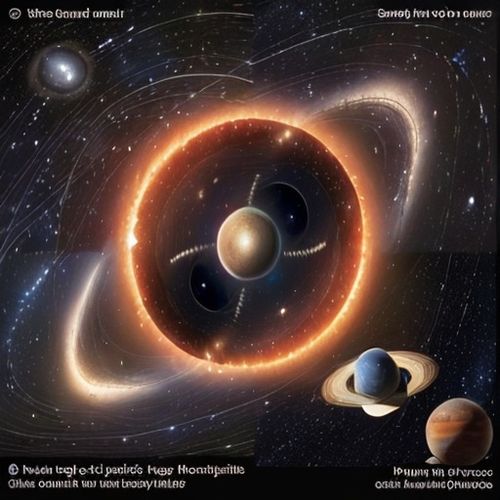
By Victoria Gonzalez/Apr 14, 2025
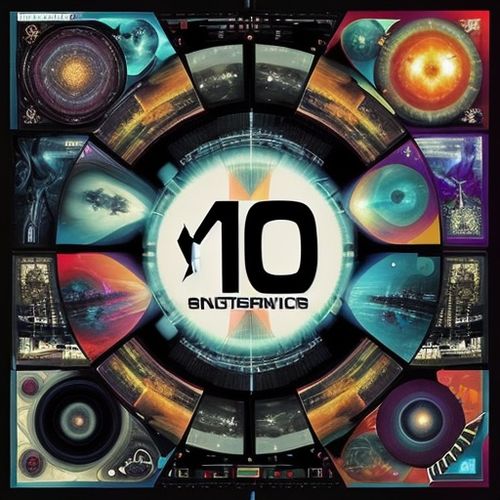
By Ryan Martin/Apr 14, 2025
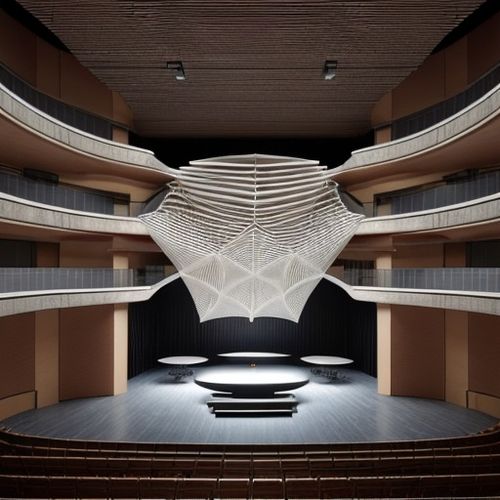
By John Smith/Apr 14, 2025
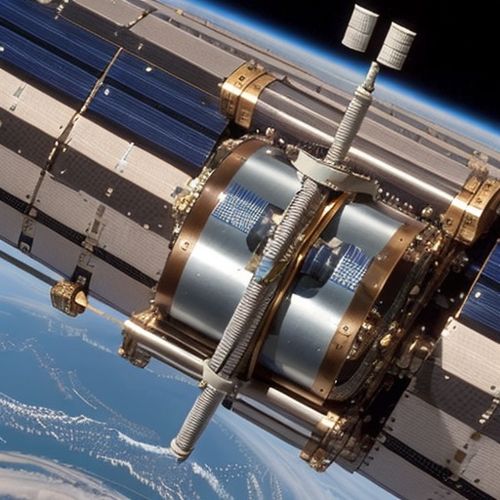
By Eric Ward/Apr 14, 2025

By Victoria Gonzalez/Apr 14, 2025

By Ryan Martin/Apr 14, 2025
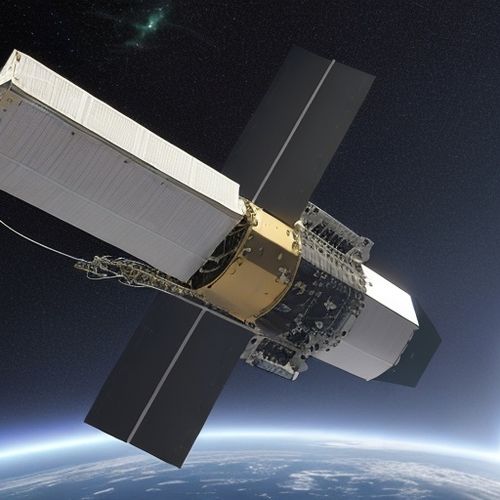
By James Moore/Apr 14, 2025

By Megan Clark/Apr 14, 2025
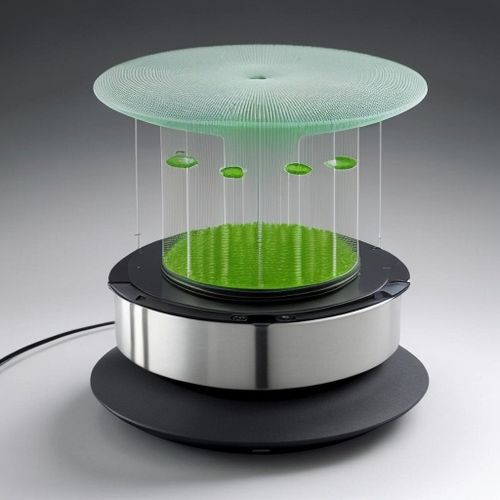
By John Smith/Apr 14, 2025
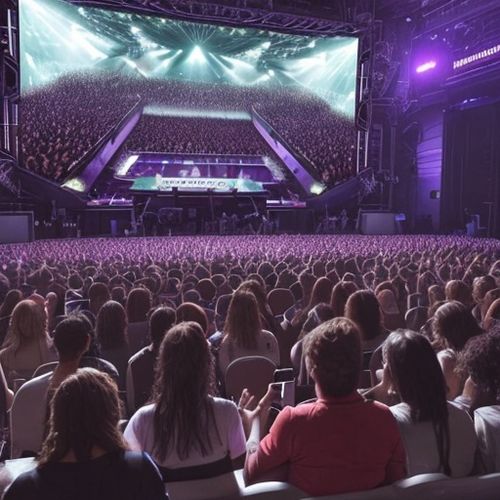
By Joshua Howard/Apr 14, 2025
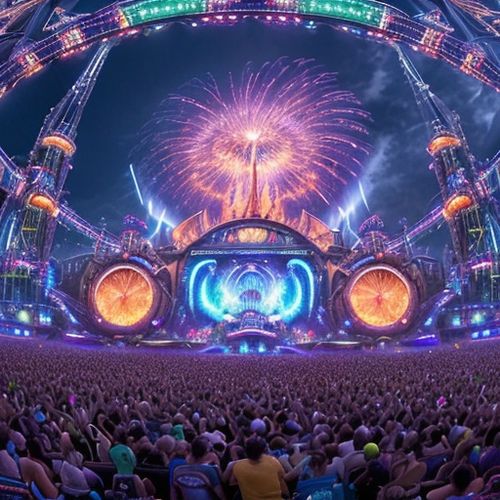
By Laura Wilson/Apr 13, 2025
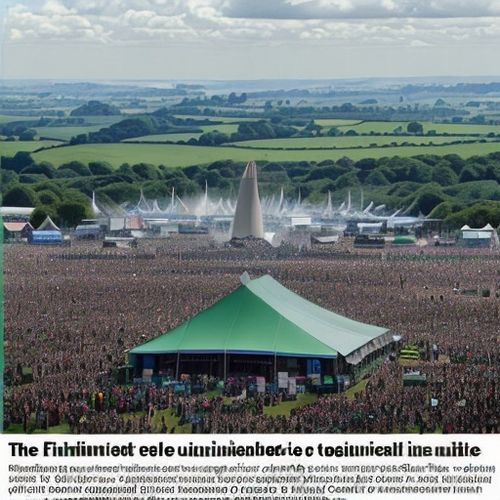
By Grace Cox/Apr 13, 2025
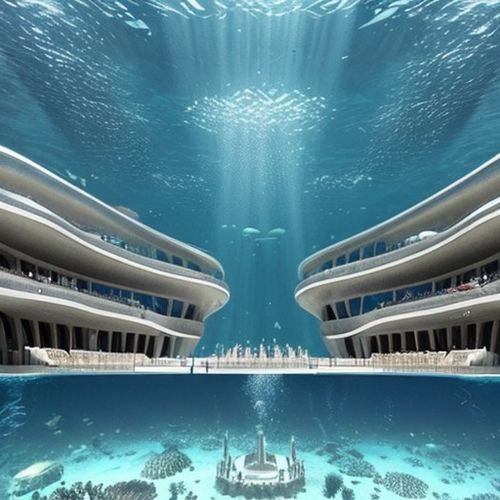
By Benjamin Evans/Apr 13, 2025

By George Bailey/Apr 13, 2025
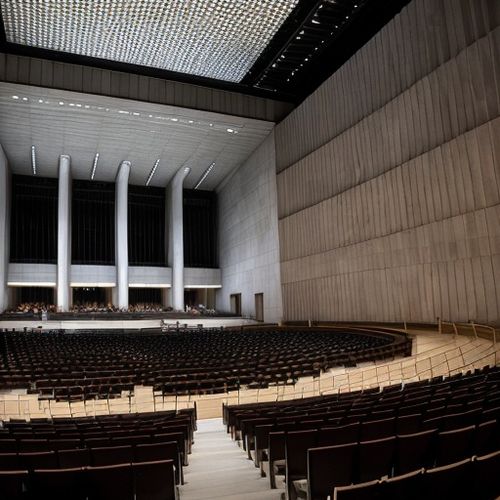
By David Anderson/Apr 13, 2025
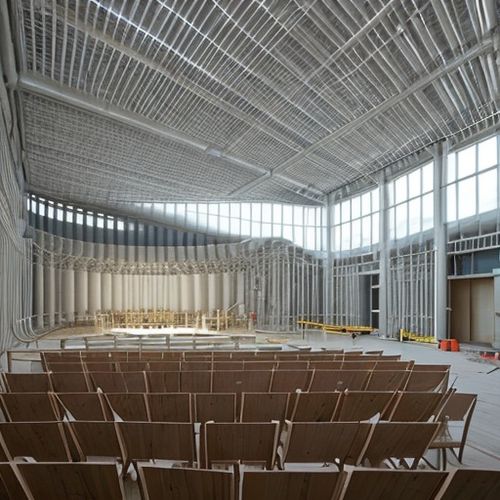
By Grace Cox/Apr 13, 2025
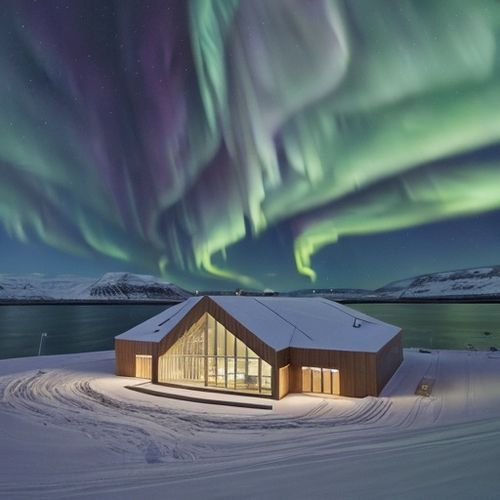
By William Miller/Apr 13, 2025

By Rebecca Stewart/Apr 13, 2025

By William Miller/Apr 13, 2025
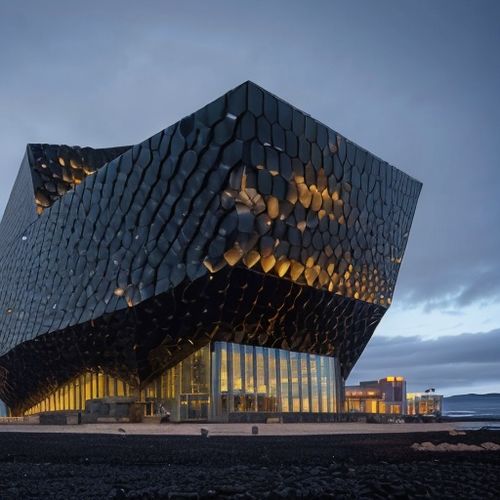
By Daniel Scott/Apr 13, 2025